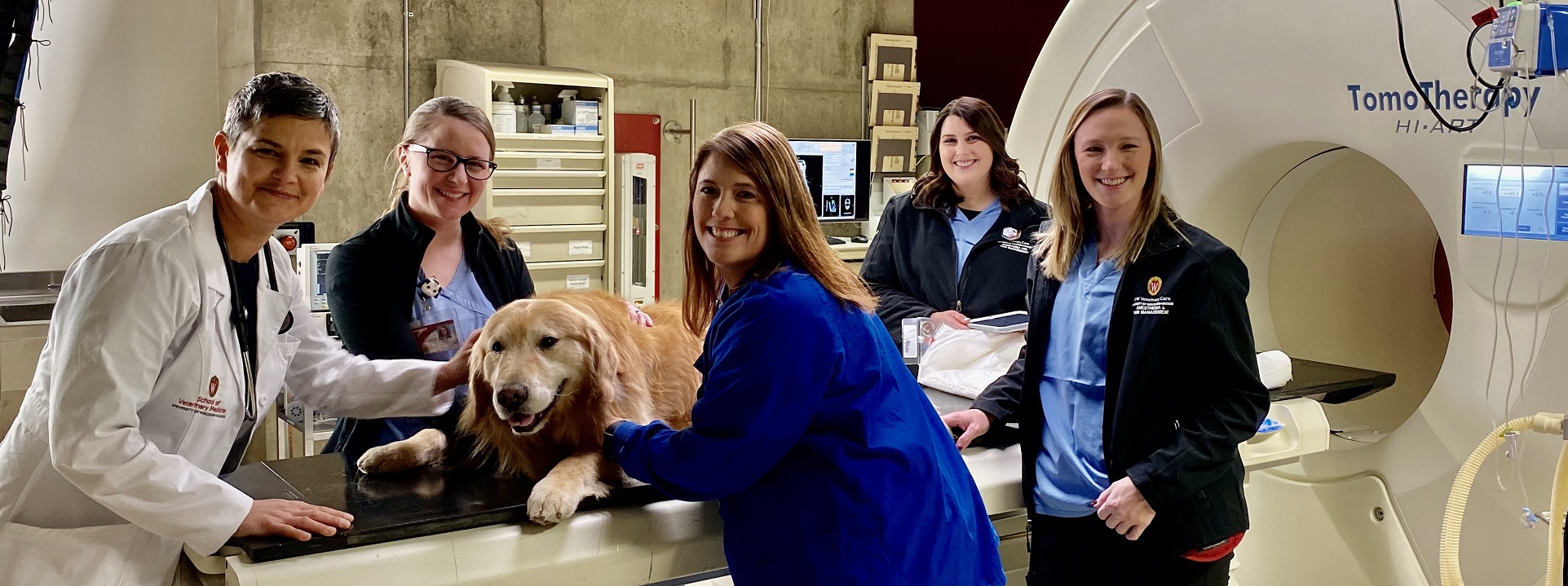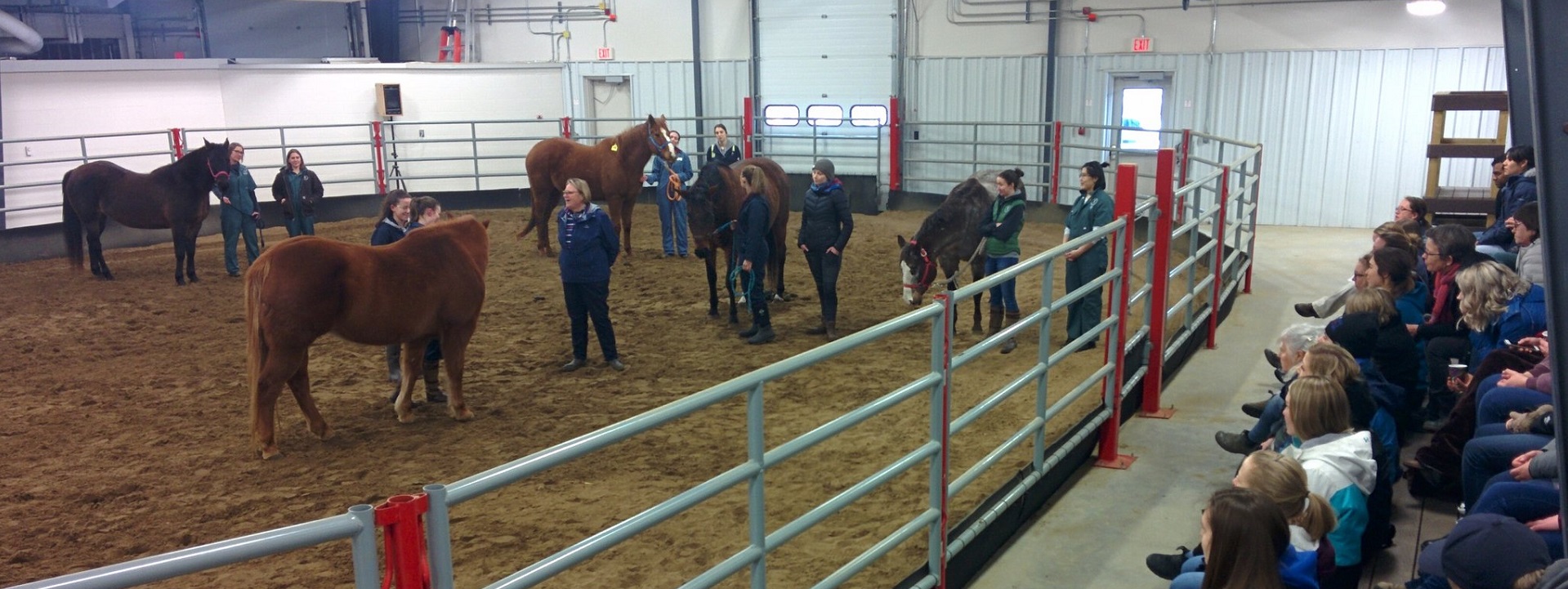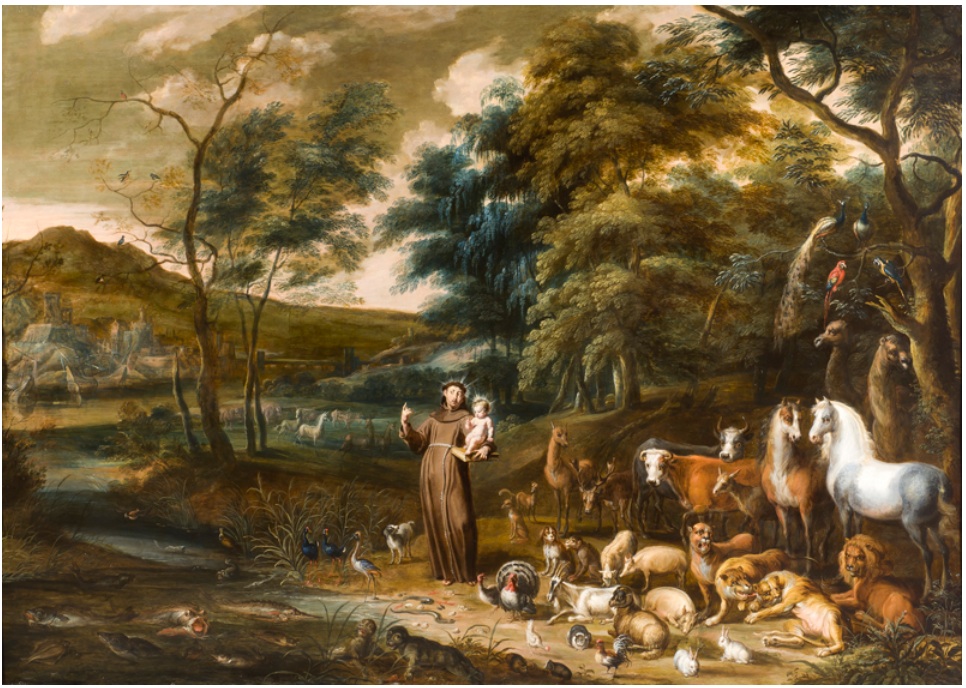University of Florida (Gainesville): College of Journalism and Communications
LIVE: Student Radio 95.3 FM
- Home Page 155

Scrumpy
This content is accessible to paid subscribers. To view it please enter your password below or send mike@standardsmichigan.com a request for subscription details.
Gallery: Campus Steam Tunnels
ASME Proposals Available For Public Review
April 2023 Proposed Revisions for SME A13.1 – Scheme for the Identification of Piping Systems | Comment period End Date 20 June 2023
National Electrical Code: Article 110 Part V, Tunnel Installations over 1000 V, Nominal
NFPA 350: Guide for Safe Confined Space Entry and Work (Public input close date: January 7, 2025)
More
University of Michigan Steam Tunnel Design Guidelines
University of California Riverside Utility Tunnel Safety Program
Covers” “All the Things You Are”
This content is accessible to paid subscribers. To view it please enter your password below or send mike@standardsmichigan.com a request for subscription details.
Animal Welfare Act
7 U.S. Code §2131. Congressional statement of policy
The Congress finds that animals and activities which are regulated under this chapter are either in interstate or foreign commerce or substantially affect such commerce or the free flow thereof, and that regulation of animals and activities as provided in this chapter is necessary to prevent and eliminate burdens upon such commerce and to effectively regulate such commerce, in order—
(1) to insure that animals intended for use in research facilities or for exhibition purposes or for use as pets are provided humane care and treatment;
(2) to assure the humane treatment of animals during transportation in commerce; and
(3) to protect the owners of animals from the theft of their animals by preventing the sale or use of animals which have been stolen.
The Congress further finds that it is essential to regulate, as provided in this chapter, the transportation, purchase, sale, housing, care, handling, and treatment of animals by carriers or by persons or organizations engaged in using them for research or experimental purposes or for exhibition purposes or holding them for sale as pets or for any such purpose or use.






Landscape & Bollard Lighting
This content is accessible to paid subscribers. To view it please enter your password below or send mike@standardsmichigan.com a request for subscription details.
New Beaver Brewery
This content is accessible to paid subscribers. To view it please enter your password below or send mike@standardsmichigan.com a request for subscription details.
New update alert! The 2022 update to the Trademark Assignment Dataset is now available online. Find 1.29 million trademark assignments, involving 2.28 million unique trademark properties issued by the USPTO between March 1952 and January 2023: https://t.co/njrDAbSpwB pic.twitter.com/GkAXrHoQ9T
— USPTO (@uspto) July 13, 2023
Standards Michigan Group, LLC
2723 South State Street | Suite 150
Ann Arbor, MI 48104 USA
888-746-3670















